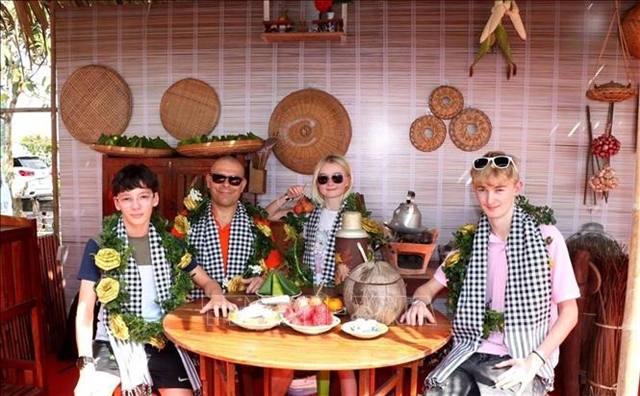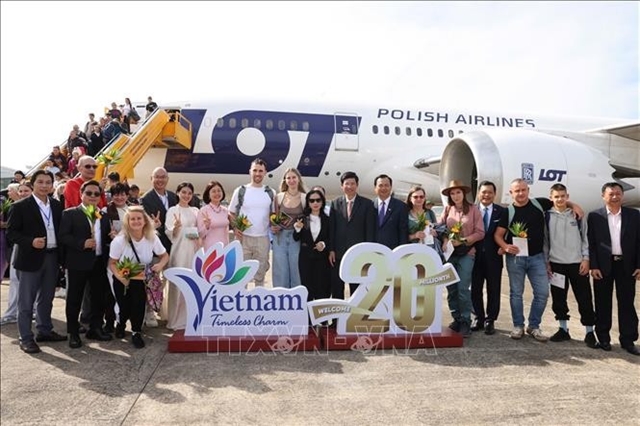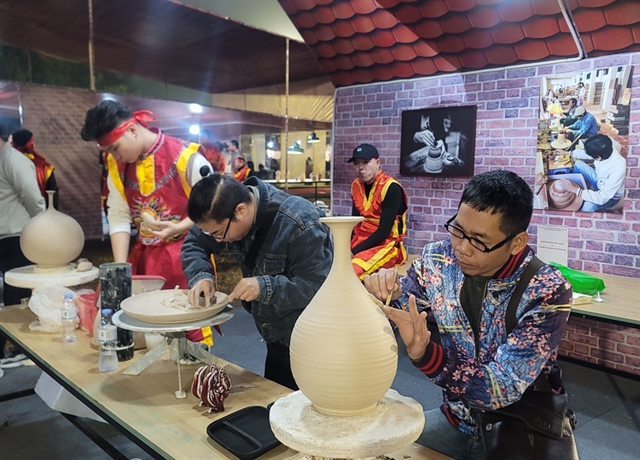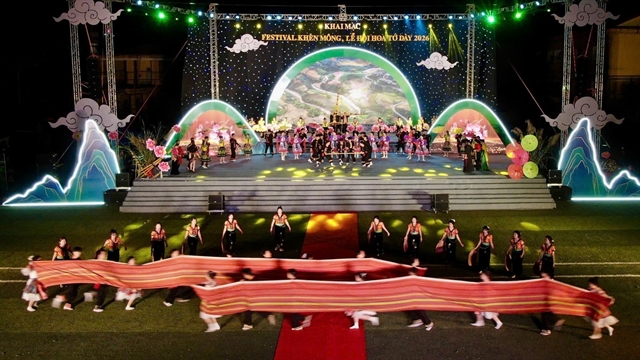 Life & Style
Life & Style

" />Visitors will have a chance to understand the cultural and artistic activities from the wartime at an exhibition entitled Literature and Arts during the Resistance War (1945-1954) in Hà Nội.
 |
| A modest bango made from an aluminium basin was an important symbol during the resistance war against the French. |
HÀ NỘI — A modest bango made from an aluminium basin was used in art performances during the resistance war against the French that encouraged the soldiers’ morale.
The musical instrument, made by musician Lương Nhân and used during the Long Châu Sa Campaign in 1951, is now on display at an exhibition entitled Literature and Arts during the Resistance War (1945-1954) in Hà Nội.
Through the exhibition, visitors will have a chance to understand the cultural and artistic activities from the wartime. On display is the original version of Hồ Chí Minh’s Dairy in Prison, a National Treasure recognised by the State as a symbol of the creativity and resilience of Vietnamese artists and writers in the hard conditions of war.
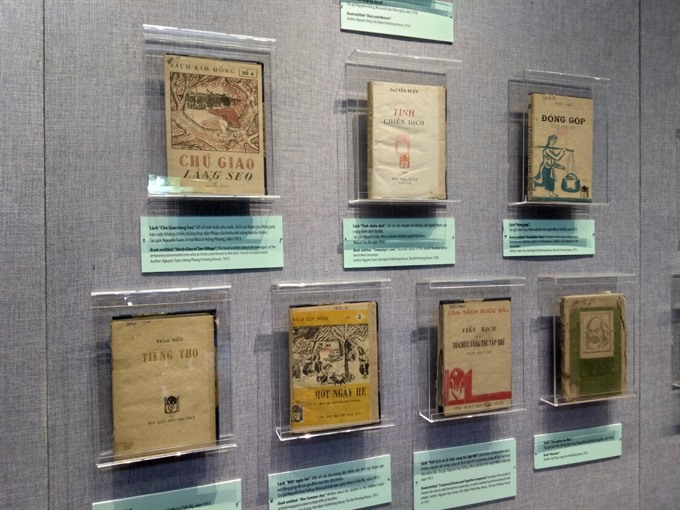 |
| The exhibition also showcases original versions of Vietnamese literary masterpieces written by Nam Cao, Nguyễn Tuân and Xuân Diệu. |
The exhibition also showcased original versions of Vietnamese literary masterpieces written by Nam Cao, Nguyễn Tuân and Xuân Diệu.
“Culture is one among three fronts, together with economics and politics, in which the resistance force did not only carry out a political revolution but also a cultural revolution,” said Nguyễn Văn Cường, director of the Việt Nam National Museum of History, and co-organiser of the exhibition.
“When the leadership of the Communist Party acted on culture, it effectively influenced public opinion by widespread dissemination of its ideas and policies.”
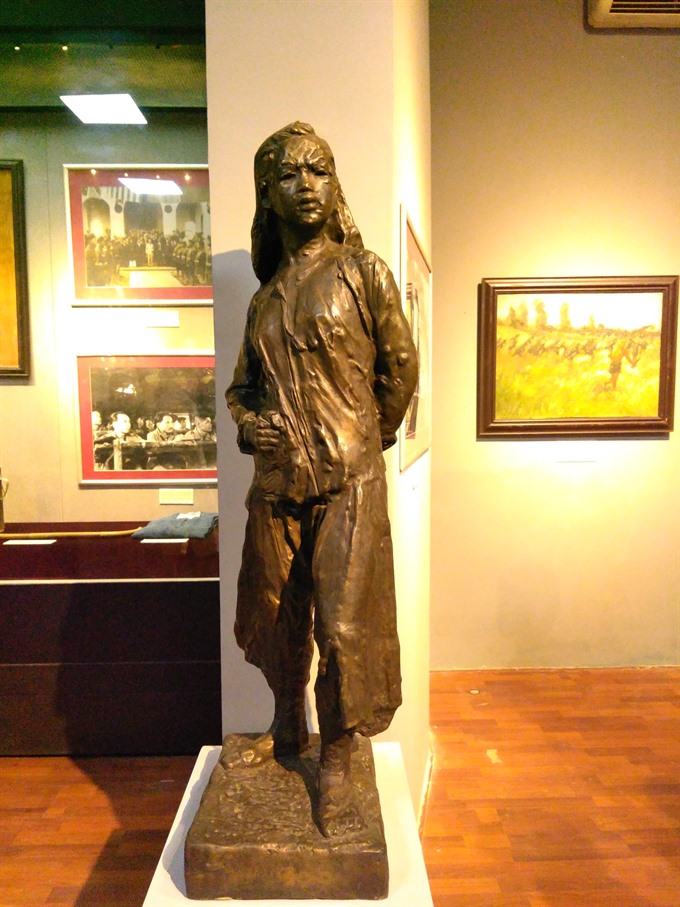 |
| A sculpture of heroine Võ Thị Sáu, created by Diệp Minh Châu. — VNS Photo Minh Thu |
The Party debated and released the Draft of Vietnamese Culture in 1943, providing an important direction for the birth of a new Vietnamese culture under the leadership of the Party. The important cultural views expressed in the outline were gradually supplemented by the requirements of the later stages of the revolution.
Approximately 200 photos and objects on display are the result of co-operation between the Việt Nam National Museum of History and the
“The exhibition helps audiences to better understand the values of the Draft of Vietnamese Culture as a guideline and as a document that provides direction,” Cường said.
 |
| A visitor at the exhibition. — VNS Photo Minh Thu |
“The exhibition also tells audiences about the contribution of the first generation of revolutionary artists, who adopted the contents and ideas of the draft. Thereby, they had a more correct awareness of their responsibilities to build and develop a new Vietnamese culture, but still preserve strong national identity in the new period.”
Researcher Lưu Trần Tiêu said the period from 1945 to 1954 was especially important.
In the light of the Draft of Vietnamese Culture issued in 1943, the writers and artists became soldiers on the front of culture and art, he said.
“They contributed to the victory of the resistance war against the French invaders. Many valuable literary pieces and artworks were composed in this period, subsequently becoming a glorious chapter in national history,”Tiêu said .
The exhibition is scheduled to run until September at the Việt Nam National Museum of History, 25 Tông Đản Street, Hà Nội. — VNS


